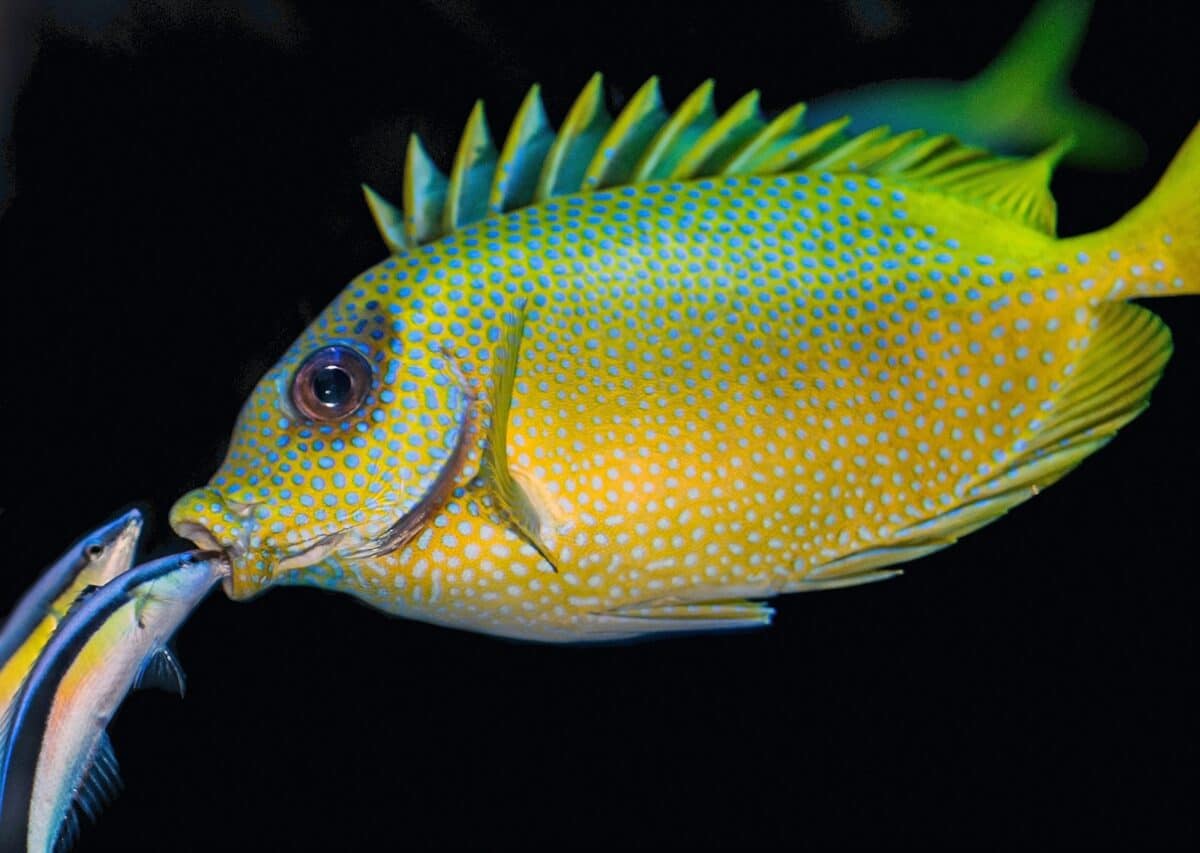In the fascinating world of aquatic life, some species possess an extraordinary ability: they can breathe both underwater and on land. This remarkable adaptation allows certain fish to thrive in environments where others cannot, showcasing the incredible diversity and adaptability of life on Earth. This article delves into how some fish manage this dual breathing capability, offering insights into the science behind their unique adaptations and their significance in the natural world.
Understanding Fish Respiration
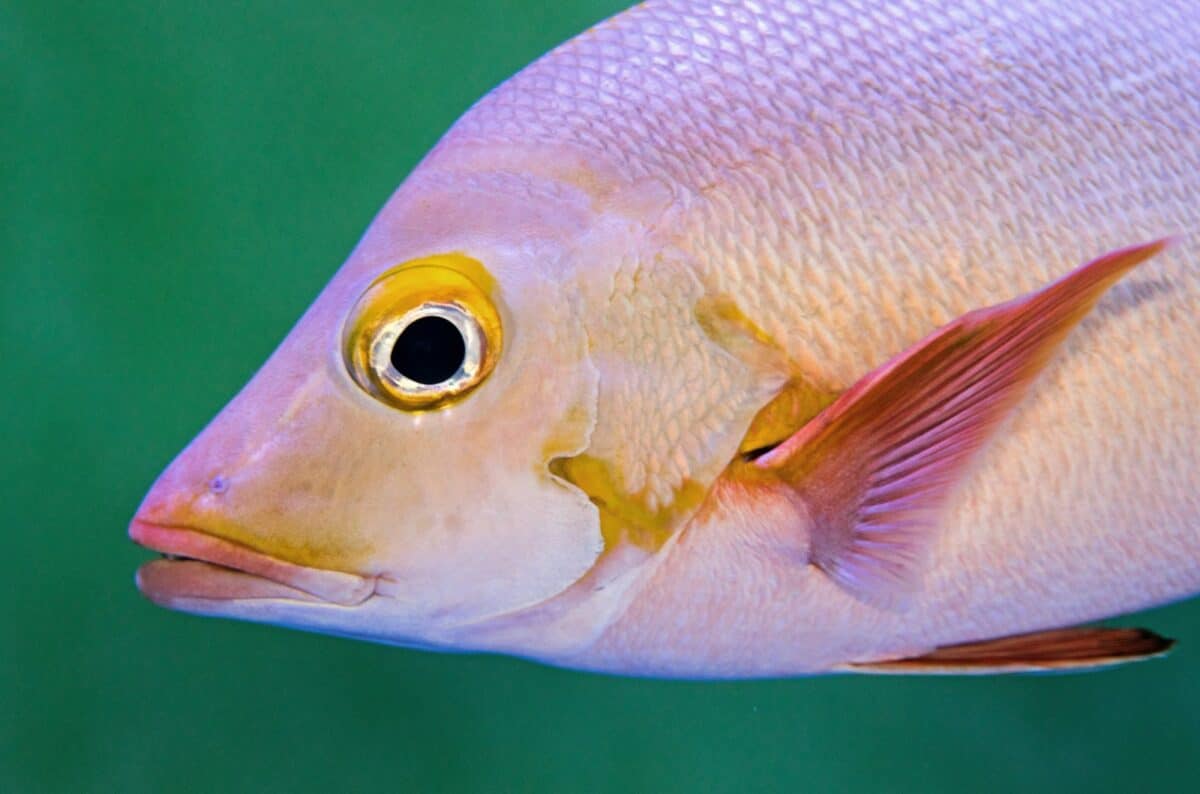
Fish primarily breathe through gills, specialized organs that extract oxygen from water. Water enters through the mouth, flows over the gills, and oxygen is absorbed into the bloodstream. This process is incredibly efficient in aquatic environments where dissolved oxygen is available. However, some fish have developed the ability to breathe air directly, expanding their habitable environments.
The Evolutionary Journey
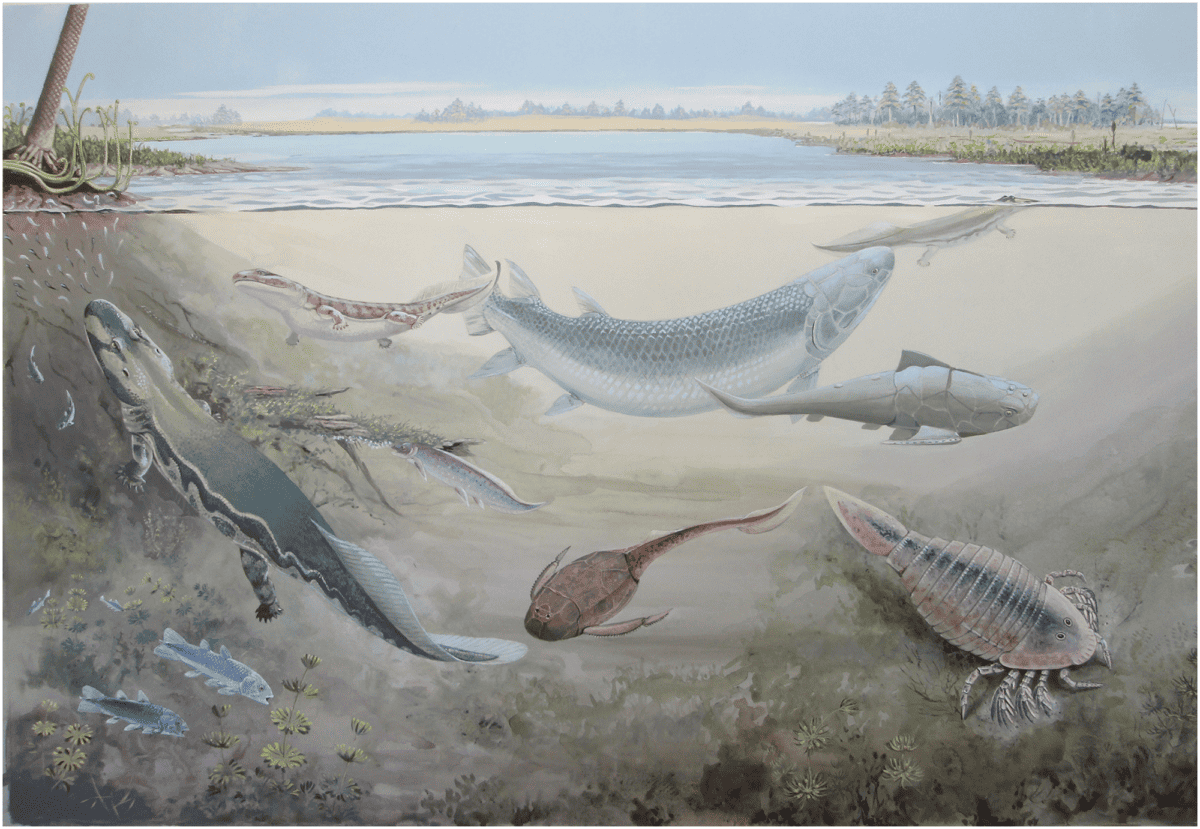
The ability to breathe air likely arose as a survival adaptation. When aquatic conditions became less favorable, such as during droughts or low oxygen levels, some fish evolved alternative methods to get the oxygen they needed. This evolutionary trait allowed certain species to not only survive but also exploit new ecological niches.
An Overview of Air-Breathing Fish
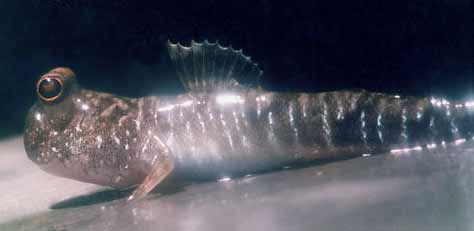
The phenomenon of air-breathing in fish is not as rare as one might think. There are various species known for this ability, including lungfish, mudskippers, and some species of catfish. Each of these has developed unique anatomical features that enable them to breathe air.
The Lungfish: A Living Fossil

Lungfish are perhaps the most famous of all air-breathing fish. They possess both gills and lungs, allowing them to breathe underwater and on land. Lungfish can survive without water for several months by relying entirely on their lung breathing, encased in a cocoon of mud and mucus during dry spells.
Behavior and Adaptation of Mudskippers

Mudskippers are another group of fish renowned for their air-breathing abilities. These fish are truly amphibious, spending much of their time on land. They maintain moisture in their gills while on land and have strong pectoral fins to help them move in a hopping motion across mudflats, a behavior that aids in their survival outside of water.
The Role of Labyrinth Organs
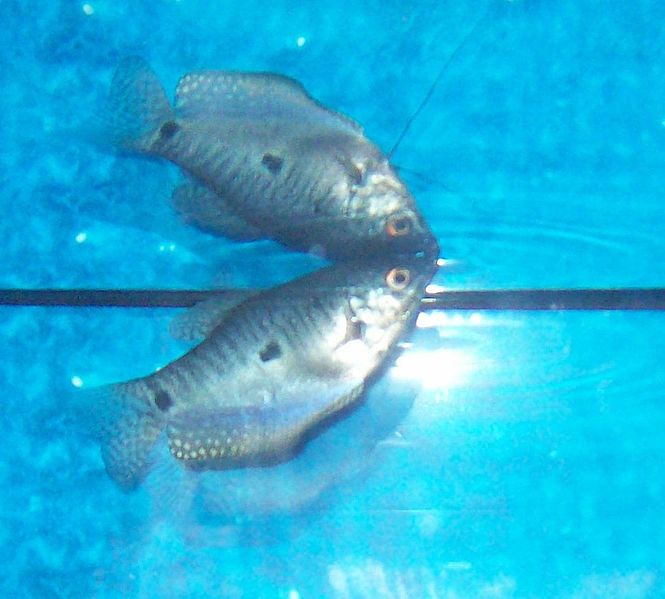
Some fish, like the gourami and betta, have developed labyrinth organs for air-breathing. Nestled near the gills, this structure allows them to absorb oxygen directly from the air. This adaptation is particularly beneficial in oxygen-poor waters, offering an evolutionary advantage in stagnant or murky freshwater habitats.
Environmental Triggers for Air-Breathing

The shift to air-breathing in fish is often triggered by environmental conditions such as low water oxygen levels or seasonal drying of water bodies. This adaptive ability provides resilience to changes, ensuring survival across diverse habitats.
The Impact of Temperature Fluctuations
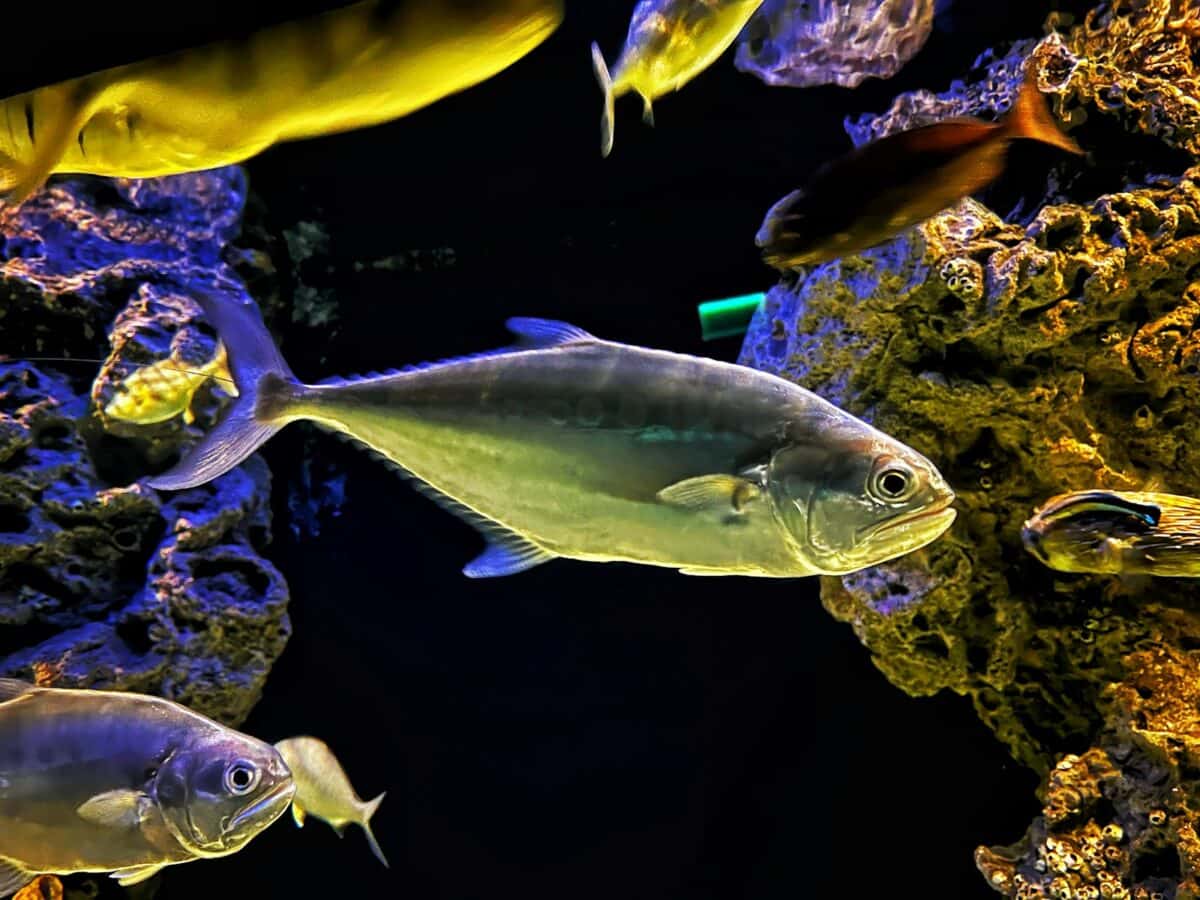
Temperature changes can significantly influence the oxygen availability in water. Warmer temperatures generally result in lower oxygen levels, pushing some fish to rely more on air-breathing. This highlights the critical importance of their adaptive breathing strategies in fluctuating climates.
Adaptations for Desiccation Resistance
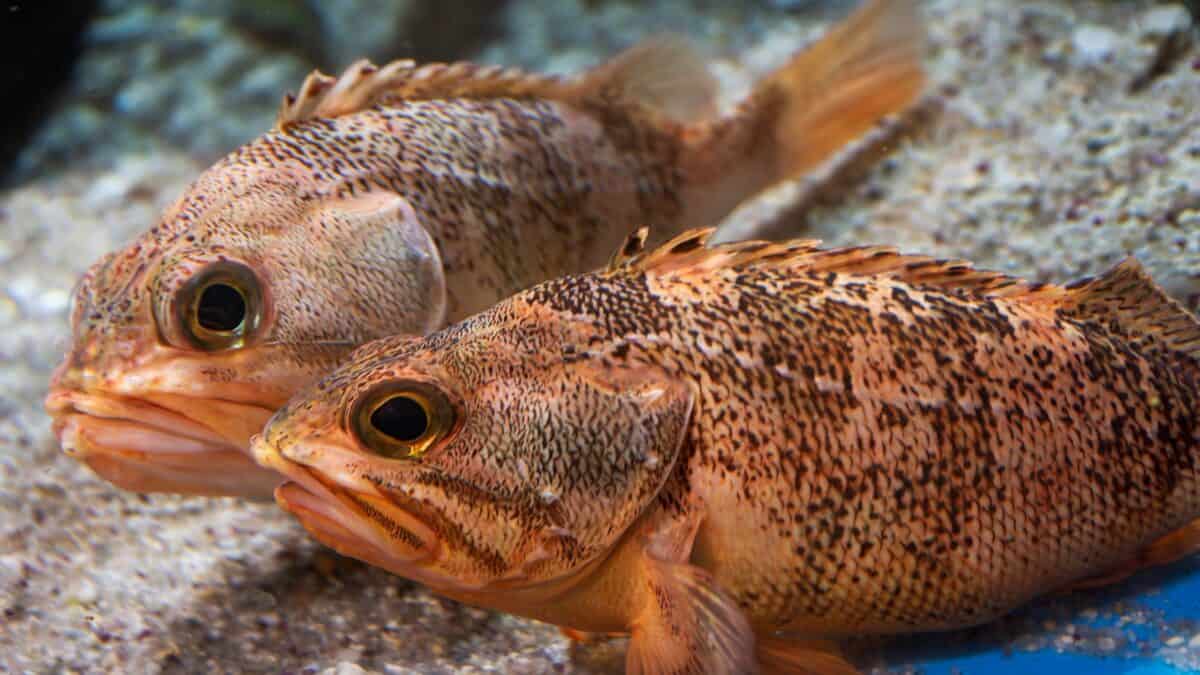
Air-breathing fish often live in environments prone to desiccation, requiring additional adaptations beyond breathing. Some species develop mucus layers to prevent drying out, while others have toughened scales or skin to endure harsh, dry conditions.
Interactions with Land-based Predators

Venturing onto land exposes air-breathing fish to a new set of predators. These fish have adapted behaviors to minimize the risk of predation, such as remaining near water bodies for quick escape and utilizing their ability to burrow or hide in mud to evade detection.
The Ecological Significance of Air-Breathing Fish

These adaptable fish play significant roles in their ecosystems. By occupying niches that bridge aquatic and terrestrial food webs, they help maintain biodiversity and contribute to nutrient cycles, showcasing how specialized adaptations can have far-reaching ecological impacts.
Human Impacts and Conservation Challenges

Despite their adaptability, air-breathing fish face threats from habitat destruction, pollution, and climate change. Conservation efforts are crucial to ensure the survival of these unique species, which represent a critical part of the biodiversity that sustains healthy ecosystems.
In conclusion, the remarkable ability of some fish to breathe both underwater and on land showcases the incredible adaptability and resilience of life on Earth. These dual-breathing pioneers provide valuable insights into evolutionary processes and ecological dynamics, emphasizing the need to preserve their habitats and protect the diversity of life that makes our planet so unique. Through understanding and conservation, we can ensure these extraordinary creatures continue to thrive in a rapidly changing world.
- Why Bears Play—and What It Teaches Us - August 24, 2025
- 12 Dog Breeds That Can Survive a Coyote Attack - August 24, 2025
- The Most Powerful Earthquakes That Shook the U.S. - August 24, 2025

